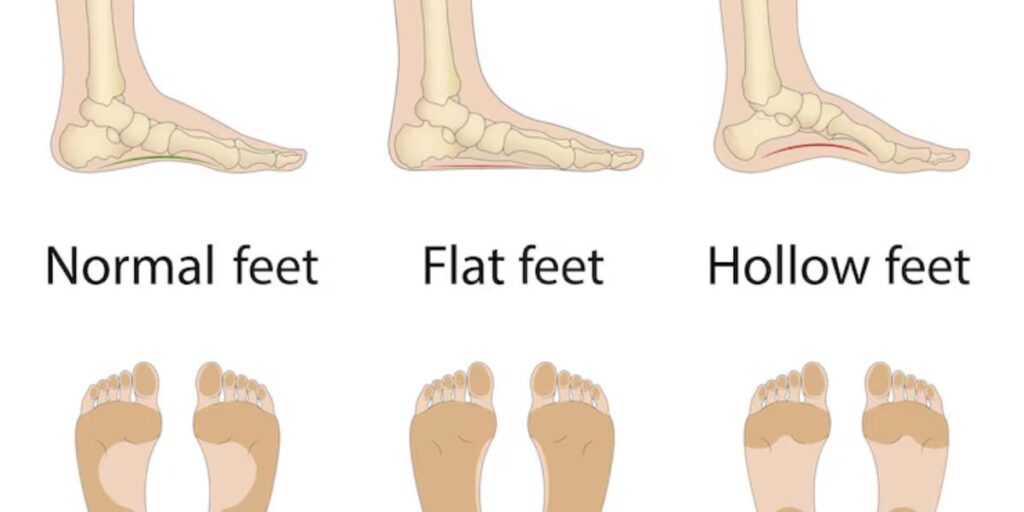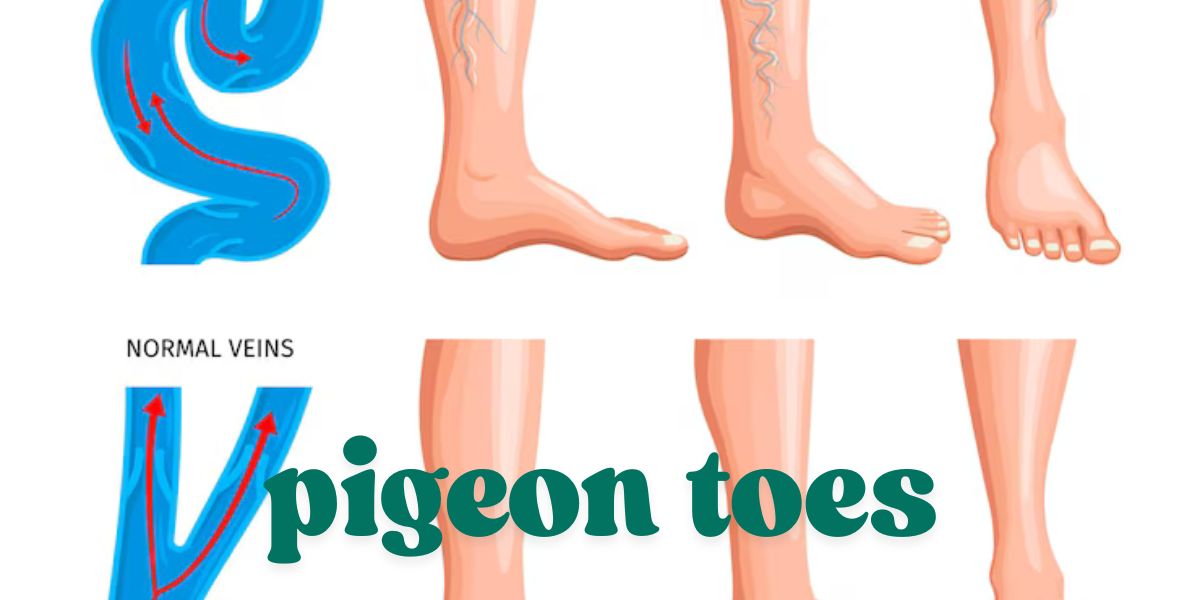What Are Pigeon Toes?
Understanding the causes of pigeon toes is important for parents noticing their child’s feet turning inward. This condition, known as intoeing in children, often begins in early development and can stem from different bone or muscle changes. One common reason is pediatric foot development that progresses with growth. Others include genetic causes of intoeing or how a baby was positioned before birth. In some cases, a family history of intoeing may also play a role. These causes are usually not serious and don’t lead to long-term problems. Knowing what triggers this inward foot position helps families make better decisions about care and treatment.
What Causes Pigeon Toes?
There are three main causes of intoeing in toddlers and children. The first is metatarsus adductus, where the front part of the foot turns inward. The second is internal tibial torsion, where the shinbone twists inward. The third is femoral anteversion, which is an inward rotation of the thigh bone.
Some cases may be related to genetic causes of intoeing or a family history of intoeing. It can also occur from how a baby sat in the womb or slept as an infant. Though less common, intoeing in adults may be caused by untreated childhood conditions or joint injuries. Most causes are not painful and do not affect long-term function.
Symptoms and Risk Factors
Common signs of pediatric gait issues include inward-facing feet, frequent tripping, and uneven shoe wear. Some children may feel mild discomfort, especially after long walks. In rare cases, the feet may look noticeably turned, or the child may walk awkwardly.
Risk factors include premature birth, a family history of intoeing, and other developmental leg conditions. Children who walk early or have joint laxity might be more prone. A clear diagnosis helps ensure the best care and reassurance for parents.
Diagnosis and Medical Evaluation
Doctors diagnose intoeing in children through a physical exam. They check how the child walks and looks at the position of the legs, hips, and feet. If needed, they may also measure angles of rotation and check flexibility. A full orthopedic evaluation may include watching the child walk across a room.
In rare cases, imaging such as X-rays may be needed, especially if symptoms are severe or persist past age 8. A children’s orthopedic specialist can help rule out more serious bone issues. Most evaluations are simple and do not require invasive tests.
Are Pigeon Toes a Birth Defect or Disability?
Pigeon toes are not a birth defect in most cases. They are usually a normal part of early childhood walking issues. Many children outgrow the condition by age 10 without treatment. Some people assume it’s a disability, but it rarely limits a child’s ability to run, play, or learn.
Unless it’s linked to a rare bone or muscle disease, child foot deformity caused by intoeing does not meet the criteria of a legal disability. Still, if the condition affects movement or self-esteem, treatment and therapy can be helpful.

Pigeon Toes by Age Group
In babies and toddlers, intoeing in toddlers is usually due to soft bones that shape the foot and leg position. These bones strengthen as the child grows. Most children walk normally by the age of five, even if they started with an inward foot position.
In older children or teenagers, intoeing that persists may need closer attention. A doctor might recommend stretches or pediatric physical therapy to help with flexibility. Surgery is very rare and only considered in severe or painful cases that affect daily life.
Can Pigeon Toes Be Prevented?
There is no sure way to prevent inward foot position during early growth. However, parents can encourage safe movement habits. Avoiding the “W” sitting position can help, as it may place pressure on the hips and knees. Letting children go barefoot indoors also helps with foot strength.
Wearing proper shoes with flexible soles and good support is useful during pediatric gait issues. Ensuring plenty of play and movement helps bones and muscles develop. Although prevention isn’t always possible, good habits may support proper growth.
How Are Pigeon Toes Treated?
Most children outgrow pigeon toes with time. Doctors often suggest observation rather than immediate treatment. In some cases, special shoes, braces, or night splints might be used to guide alignment. However, many specialists agree that these are rarely necessary.
If walking is painful or difficult, pediatric physical therapy can help. A therapist may teach stretching and strength-building exercises. In very rare cases where intoeing causes lasting problems, surgery may be considered. Outcomes are usually positive with early care.
Living With Pigeon Toes
Children with intoeing can run, jump, and play like their peers. The condition does not stop most kids from joining sports or being active. Parents may worry about tripping or teasing, but confidence often improves as the child grows and walks better.
To support their child, parents can talk with a children’s orthopedic specialist, follow advice on posture and shoes, and encourage play. Even if the foot looks different, most children feel no pain. Early help makes a big difference if needed.
Outlook and When to See a Doctor
The outlook is very positive. Most children outgrow pigeon toes by age 10 without any treatment. If the child still walks with foot turning inward after age 8, it’s wise to speak with a doctor. Also, if the child feels pain, trips a lot, or avoids walking, evaluation is needed.
A parent can ask their pediatrician about the child’s walking style during regular visits. If needed, a referral to a children’s orthopedic specialist will give more answers. With care and support, most kids walk strong and confidently into their teenage years.
Gout in Foot: Causes, Symptoms, and Fast Relief Tips
| Age Group | Likely Cause | Outlook |
|---|---|---|
| Infants | Metatarsus Adductus | Often resolves by age 2 |
| Toddlers | Tibial Torsion | Improves by age 5 |
| Preschoolers | Femoral Anteversion | Usually corrects by age 10 |
| Older Children | Mixed or persistent causes | May need therapy or referral |
FAQs
What is the cause of pigeon toes?
Pigeon toes are usually caused by bone alignment issues like metatarsus adductus, tibial torsion, or femoral anteversion.
What is the most common cause of intoeing gait?
The most common cause of intoeing gait in toddlers is internal tibial torsion, where the shinbone turns inward.
What causes toes to turn inward?
Toes turn inward due to developmental leg conditions that affect how bones grow and rotate during early childhood.
What muscles cause pigeon toes?
Muscles rarely cause pigeon toes directly; it’s more often related to bone structure, though hip and thigh muscle imbalances can contribute.
Welcome to Heel Tooth! I’m Lee Marvin.

